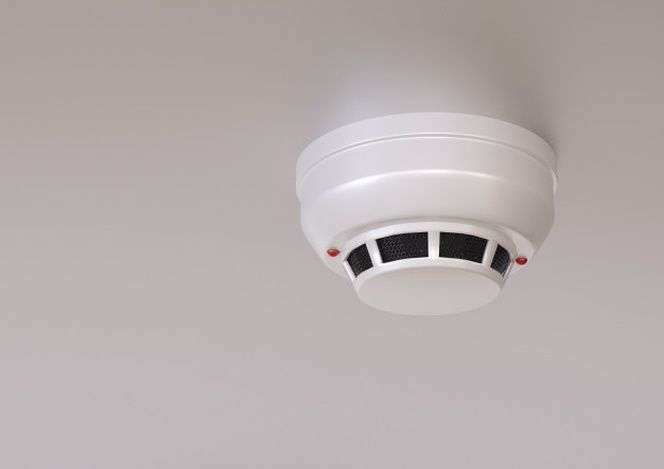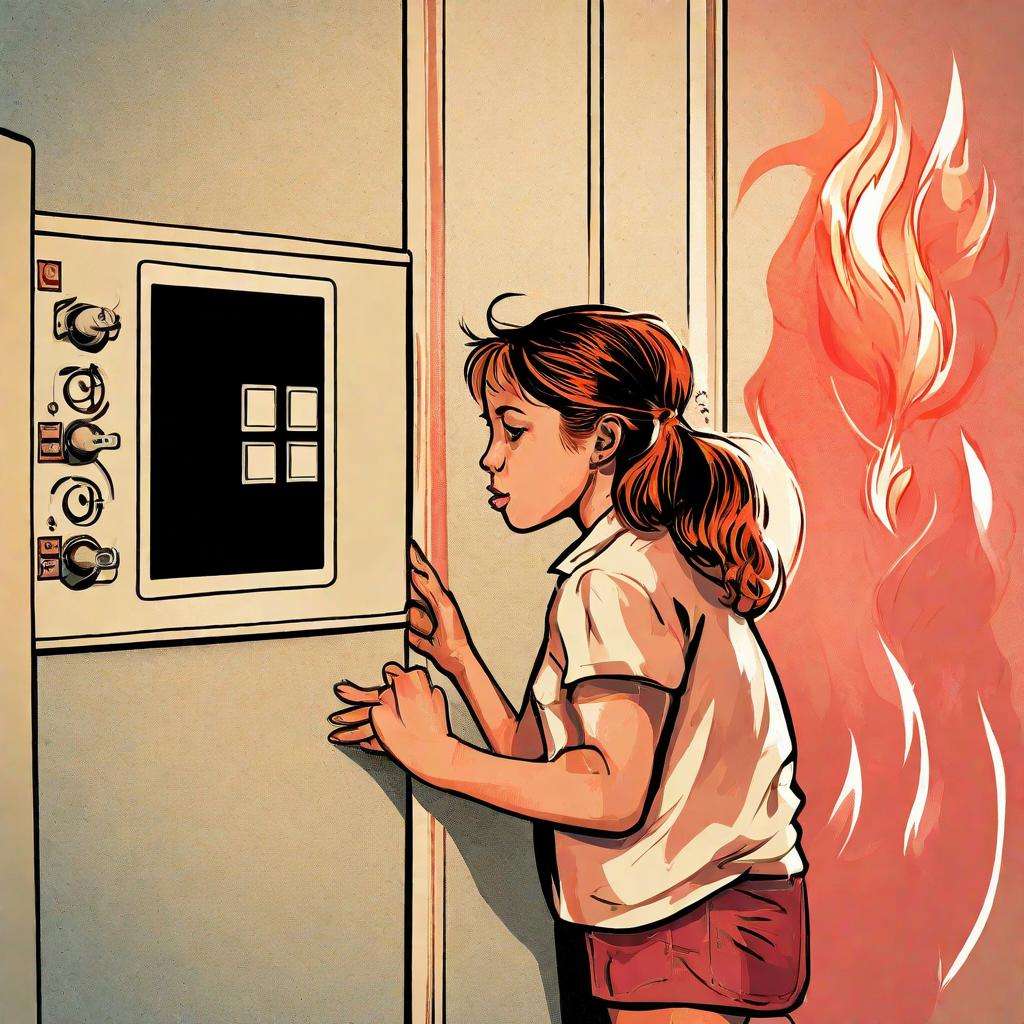Understanding Silence Fire Alarm Basics. Learn about fire alarm safety. step by step
How to silence fire alarm Sound


Solutions for Silence Fire Alarms
fire alarms are important safety devices designed to alert us to potential dangers and protect lives. However, there are also instances where a fire alarm may go off, causing inconvenience and frustration. It is important to note that silencing a fire alarm should only be done in situations where there is no actual emergency. In case of actual fire, follow proper evacuation procedures and call emergency services immediately. Here’s a step-by-step guide on how to silence a fire alarm sound when it’s activated without any real danger.
How to Silence Fire Alarm Sound: Navigating the Noise
Step 1: Identify the cause:
Before attempting to silence a fire alarm, it is necessary to determine the cause of activation. Check for signs of smoke, fire, or any other potential danger. If you notice any danger, do not attempt to silence the alarm and evacuate the premises immediately.
step 2: Locate the alarm panel:
Many buildings install fire alarm panels in a central location, often near the main entrance or in a utility room Locate the alarm panel, which typically displays information about alarm zones and provides controls for the system.

Step 3: Enter the access code:
If the fire alarm system is connected to a security system, it may require an access code to silence the alarm. Carefully enter the specified code to gain access to the control panel.
Step 4: Identify the area:
The alarm panel will display information about the specific area or zone where the alarm has been triggered. Identify the affected area to pinpoint the source of activation.
Step 5: Silence or reset the alarm:
Most fire alarm panels have options to silence or reset individual zones. Follow the on-screen instructions or refer to the user manual for your specific alarm system to find the appropriate control. Keep in mind that this action may only silence the alarm temporarily, and it is important to address the root cause.
Step 6: Check the cause:
Once the alarm is silenced, thoroughly investigate the cause of activation. Check for faulty detectors, malfunctioning equipment, or any other problems that may cause the alarm to be triggered. If necessary, contact building maintenance or fire safety professionals for assistance.
step 7: Notify relevant authorities:
If you cannot determine the cause or if the alarm continues to sound after being silenced, it is necessary to notify the relevant authorities, such as building management, fire department, or security personnel.Provide them with information about the situation and follow their guidance.
step 8: Schedule a Professional Inspection:
After addressing the immediate concern, schedule a professional inspection of the fire alarm system. It is important to have qualified technicians check the system to identify and correct any underlying problems. Regular inspection and maintenance help ensure the reliability of fire alarm systems and reduce the risk of false alarms.
Step 9: Update emergency contact information:
If a security company or emergency services monitor the fire alarm system, ensure that your contact information is up to date. Ensuring that your contact information is up to date enables immediate communication in the event of a true emergency and facilitates effective discussion of any issues with the system.
step 10: Educate the occupants:
educate building occupants about proper fire safety procedures. This includes familiarizing them with the location of fire exits, evacuation routes, and assembly points. Clearly convey the importance of not tampering with fire alarm equipment unless there is a verified need to do so.
step 11: Report repeat offenders:
If false alarms become a recurring problem, report the problem to the relevant authorities or building management. Frequent false alarms not only irritate occupants but also put a strain on emergency response resources. Identifying and resolving root causes can contribute to the overall safety and efficiency of a fire alarm system.

Solutions for Silencing Fire Alarms Consider Professional help
If you have difficulty silencing the fire alarm or identifying the cause, it is advisable to seek professional assistance immediately. Fire safety professionals, building maintenance personnel, or local fire departments can provide expertise in troubleshooting and resolution.
conclusion:
Only silence a fire alarm in situations where there is no actual emergency. It is important to prioritize safety and follow proper procedures to investigate and determine the cause of alarm activation. Regular maintenance of fire alarm systems is essential to prevent false alarms and ensure the continued safety of building occupants.
FAQs
- Can I silence my fire alarm without compromising safety?
- While temporary silencing is possible for nuisance alarms, it’s crucial to address the root cause promptly. Ignoring alarms may lead to serious consequences in the event of a real fire.
- How after should be I test my fire alarm system?
Recommend conducting regular testing at least once a month. This ensures that all components are functioning correctly and batteries are in good condition.
- Are smart fire alarms worth the investment?
- Smart fire alarms offer added features and convenience. They can be worth the investment for those seeking advanced functionality and integration with home security systems.
- What should I do if my fire alarm continues to sound after silencing it?
- If the alarm persists, it’s crucial to investigate and address the underlying issue. Seeking professional assistance may be necessary to ensure the system’s reliability.
- How can I educate my family and neighbors about false alarms?
- Hosting community awareness programs, sharing experiences, and providing information on responsible alarm use can contribute to a safer living environment. need to more offers visit site fabwayhub.com


